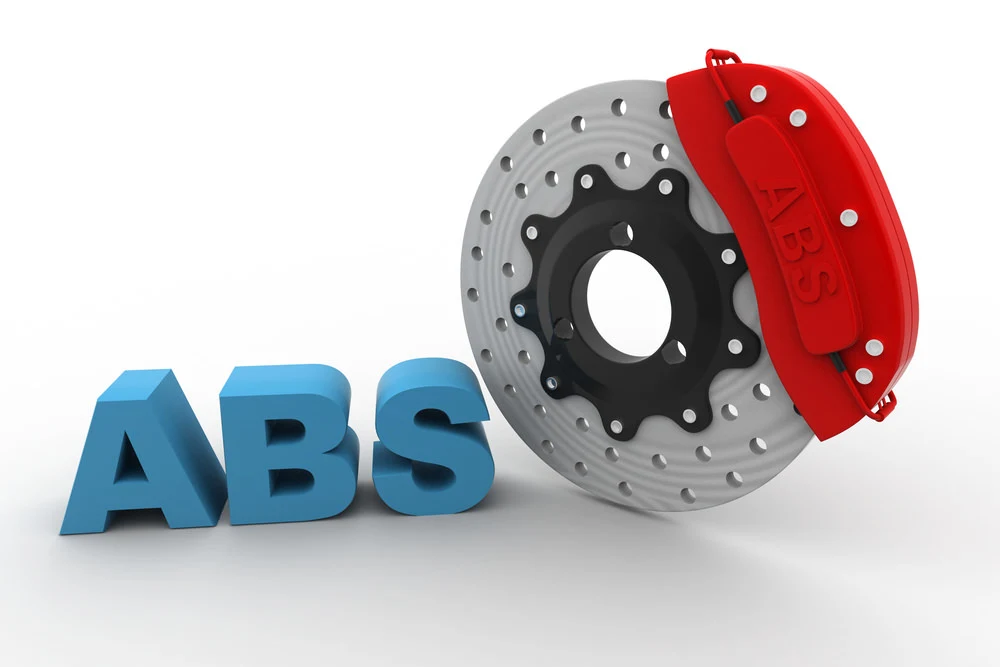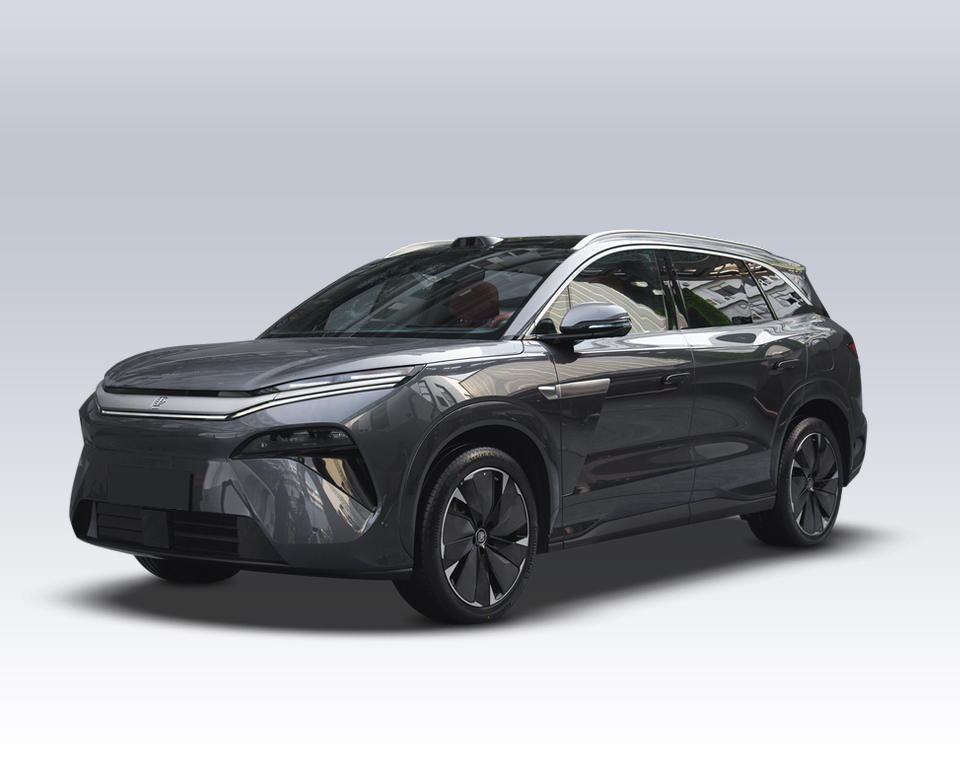In-Depth Guide to Driver Assistance : How Are the Levels of Assisted Driving Classified?
As the automotive industry continues to evolve, driver assistance technology has grown from humble beginnings to a highly advanced system that’s reshaping how we travel. From basic safety aids to today’s intelligent driving systems, the line between assistance and autonomy is increasingly blurred. In this post, we take a deep dive into what driver assistance really means and how its levels are defined.
Catalog

🚦 The Early Days: The Birth of Safety Assistance
In the 1970s, as car ownership surged, road safety became a major concern. This led to the emergence of early safety systems like Anti-lock Braking Systems (ABS), which prevent wheel lock-up during braking, allowing the driver to maintain steering control in emergencies. Later, Electronic Brakeforce Distribution (EBD) systems arrived, intelligently adjusting braking force across the wheels based on load and conditions, further enhancing vehicle safety.

🚗 Expanding Capabilities: Convenience Meets Technology
With the advancement of sensor and electronic control technologies in the 21st century, assisted driving features expanded rapidly. Adaptive Cruise Control (ACC) became widely available, allowing vehicles to automatically maintain safe distances by adjusting speed based on the vehicle ahead, significantly reducing driver fatigue during long trips.
Lane Departure Warning (LDW) systems also gained traction, using cameras to monitor lane markings and alerting the driver when the vehicle drifts unintentionally. Meanwhile, Automated Parking Systems (APS) began appearing in high-end models, making parking smoother and more convenient for drivers.

🤖 Smart Evolution: Perception and Decision-Making Upgraded
In recent years, breakthroughs in AI, big data, and sensor fusion have taken assisted driving to a new level of intelligence. Vehicles now integrate cameras, millimeter-wave radar, and LiDAR, building a comprehensive 360-degree view of their surroundings.
Take Tesla’s Autopilot, for instance. It combines advanced visual recognition with radar-based distance and speed detection, enabling features like automated lane changes and navigation-assist driving. Chinese automakers are also advancing rapidly—XPeng’s XPILOT and NIO’s NIO Pilot are leading examples of intelligent assisted driving systems propelling the industry forward.

🧭 Understanding Assisted Driving Levels
The globally recognized standard for driving automation is defined by the Society of Automotive Engineers (SAE) under its J3016 classification, ranging from Level 0 to Level 5, covering everything from no automation to full autonomy.
📊 SAE’s 6 Levels of Driving Automation Explained
Level 0: No Automation
The driver performs all driving tasks. The system may offer momentary assistance, such as AEB (Automatic Emergency Braking) or LDW (Lane Departure Warning), but does not control the vehicle.Level 1: Driver Assistance
One function (either steering or acceleration/deceleration) is automated. Examples include ACC or Lane Keeping Assist (LKA). The driver must remain engaged and ready to take control at all times.Level 2: Partial Automation
The system can handle both steering and acceleration/deceleration. Examples: Tesla Autopilot, BMW Drive Assist. The driver must monitor the environment and intervene if needed.Level 3: Conditional Automation
Under specific conditions (like highways), the system performs all driving tasks. The driver may disengage temporarily but must be ready to take over upon system request.Level 4: High Automation
The vehicle can operate without driver input in most scenarios. If a problem arises, it can perform safe fallback actions (like pulling over). Typically, this is limited to predefined areas (geo-fenced zones).Level 5: Full Automation
No driver needed. The vehicle can navigate all roads and weather conditions autonomously. There’s no need for steering wheels or pedals—passengers simply sit back and ride.

🔍 Choosing the Right System for Your Needs
Daily City Commutes: L1 or L2 systems offer great balance between cost and functionality.
Frequent Highway Driving or Parking: L3 and above provide higher convenience, especially for long-distance travel or tight parking.
Check Legal Boundaries: Ensure the automated features are used within permitted conditions and local regulations.
Stay Updated: Choose brands that offer OTA (Over-the-Air) updates to benefit from the latest features and safety improvements.

🏁 Final Thoughts: Embrace the Future of Smart Driving
As assisted driving technologies evolve, they are transforming from optional luxuries into essential features. However, the smarter the system, the more critical it is for drivers to understand their responsibilities and the system’s limitations.
For those considering purchasing a Chinese new energy vehicle (NEV), selecting a model with advanced driver assistance capabilities is not only a matter of comfort but a strategic move to stay ahead in the future of intelligent mobility.
Please explore our blog for the latest news and offers from the EV market.





